Friction is one of my favourite science concepts to learn about! It's easy to investigate in many different ways with fun hands-on experiments and investigations.
Friction is created when objects are pulled past each other. Imagine pushing a box of books along a carpet and a wooden floor. It would be much easier to push the box along a wooden floor as the smooth surface means there's less friction between the objects.
Let's experiment with friction
We've made friction ramps before, but this version is so easy I wanted to share it as well.
You'll need
Small toy figure
Bubble wrap
Books ( to raise the tray )
Felt
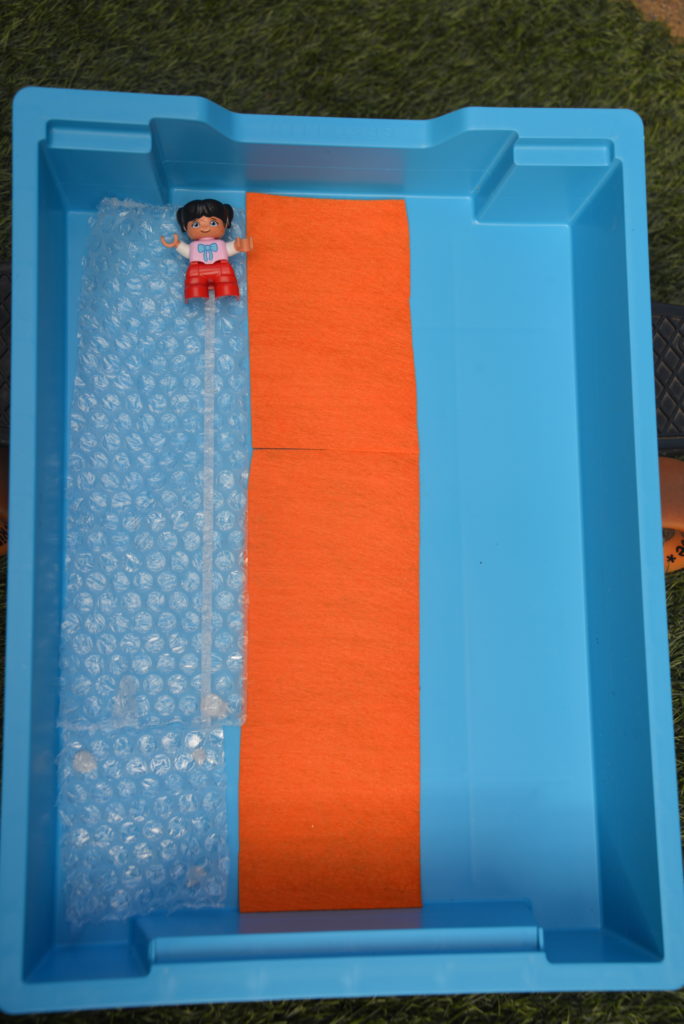
Instructions
Divide the tray into three lengthways and choose two different surfaces to test. The third surface will be the smooth inside of the tray.
Place five books under the tray and check the toy figure slides down the ramp without a push. If it doesn't, add a few extra books.
Place the toy at the top of the ramp and time how long it takes to reach the bottom on each surface.
If you want extra reliable results, repeat each slide three times and find the average time for each.
Remove a book and try again.
Keep going until the toy no longer slides down the ramp.
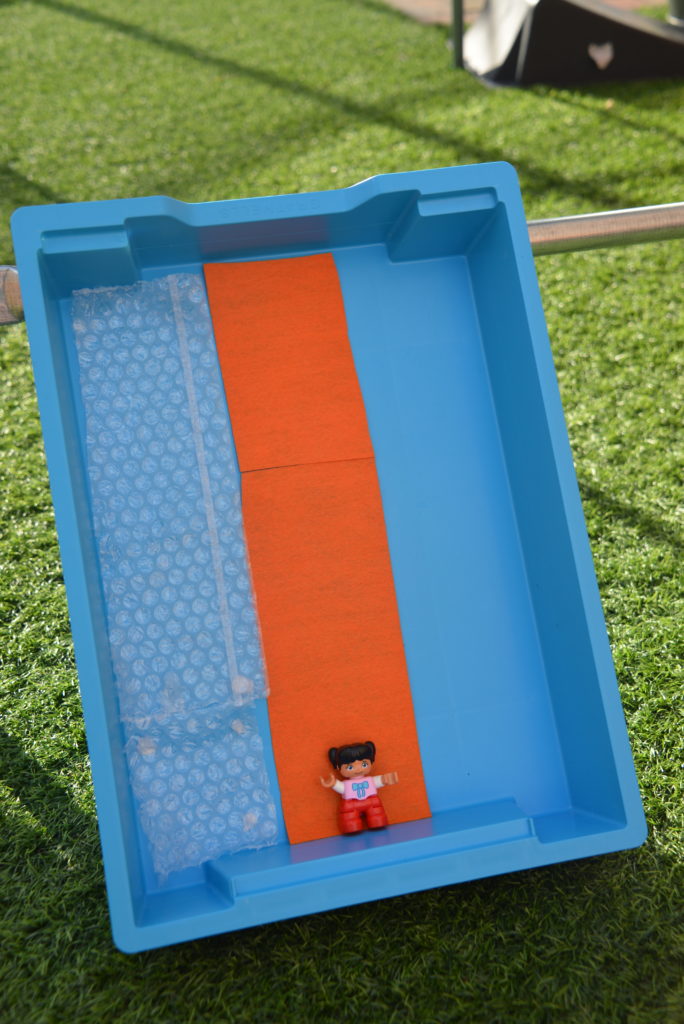
Results
The bubble wrap is the roughest surface in our tray, so this is the slide with the most friction between the toy and the ramp. The bubble wrap slide was the slowest.
The fastest slide was the inside of the tray which is smooth. Therefore little friction is created as the toy slides down the ramp.
The science investigation below is slightly different but on the same theme. Simply print and follow the easy instructions!
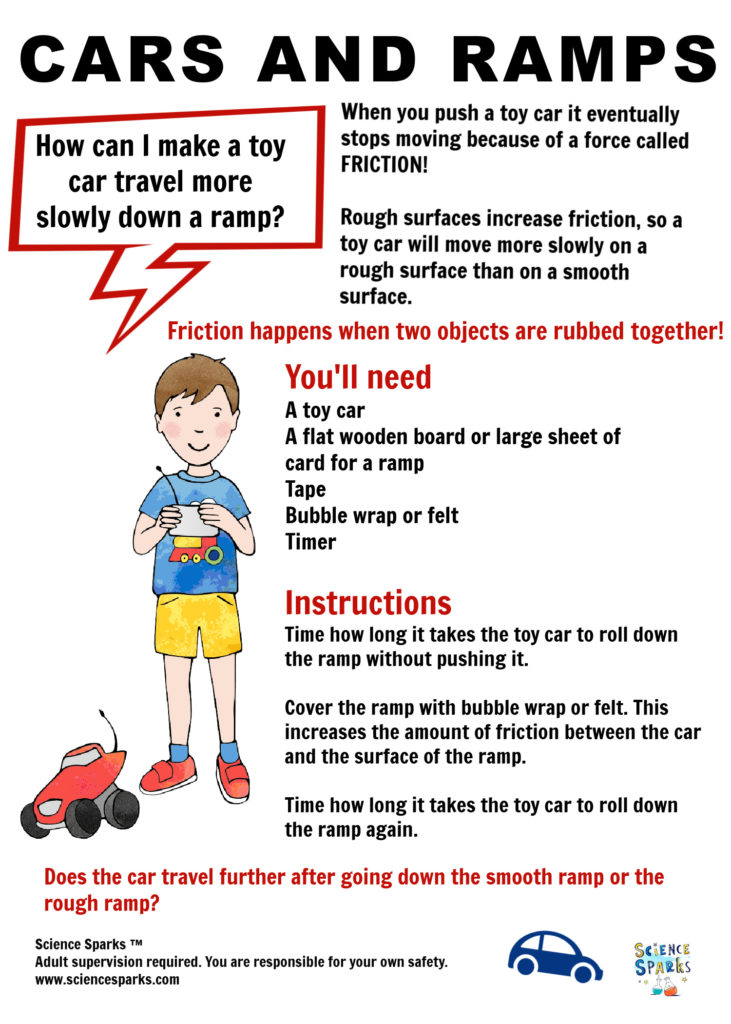
Is friction helpful?
Sometimes! Thanks to friction, objects can start and stop moving. Friction also prevents objects from slipping around. We would probably fall over more if it wasn't for friction.
Imagine trying to ride a bike on an ice rink and then on a pavement. Ice is a smooth surface, so there's not much friction, which is why it's slippy. The pavement is not smooth, so there's more friction between the bike tyres and the pavement making it much easier to ride a bike on. Without friction riding a bike on any surface would be like riding on ice!
However, friction also leads to some energy waste, as it's a force that must be overcome. Often heat is produced when energy is transferred between objects which also wastes some energy. Oil is used on bike chains and in the moving bits of a car engine to reduce friction between parts and reduce the amount of heat produced.
Friction always slows an object down, so it's helpful if you want to keep something moving!
Friction Facts
Friction is a force, we can't see it, but we can see its effect.
Friction acts in the opposite direction of the object moving!
There's more friction between two rough objects than between two smooth objects.
Liquids also experience friction; the more friction between liquid layers, the more viscous ( thick ) the liquid is.
Take a look at my full size friction ramp and find lots more ideas for investigations and experiments for learning about friction!
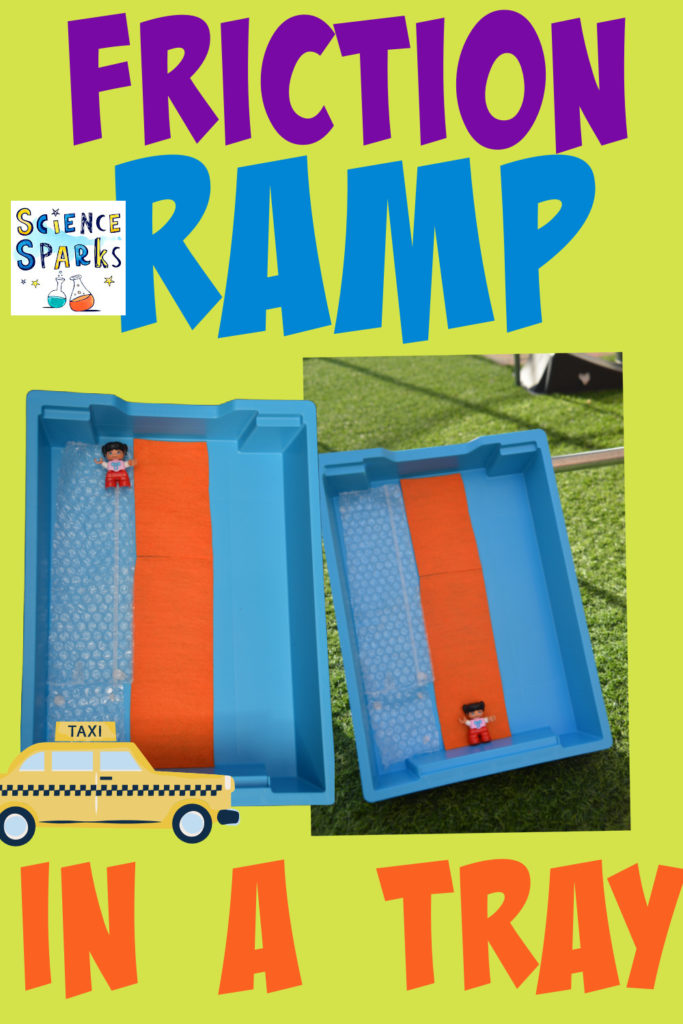
Last Updated on January 12, 2023 by Emma Vanstone



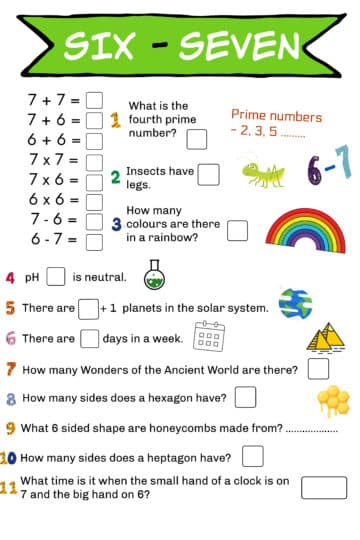
Leave a Reply